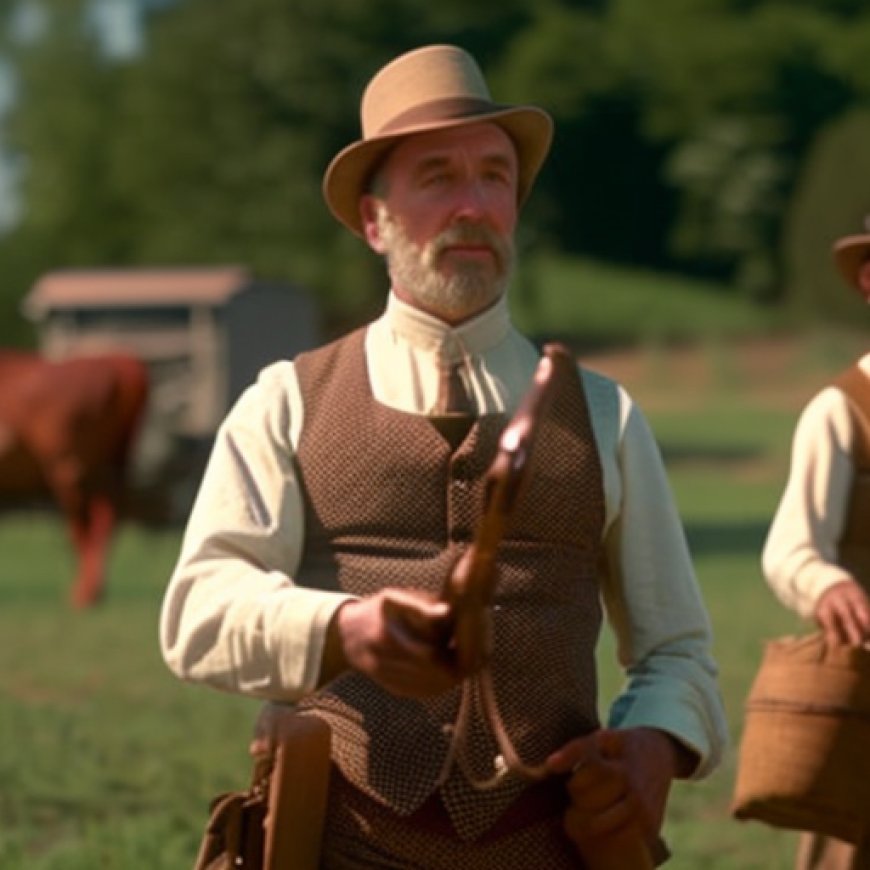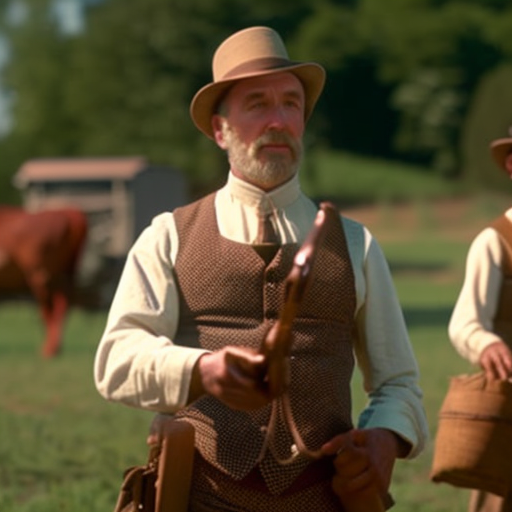Calling all farmers: East Hampton wants to make a deal
Calling all farmers: East Hampton wants to make a deal Newsday


An area with “prime agricultural soil” in East Hampton to be made available for farmers
Introduction
An area with “prime agricultural soil” in East Hampton is expected to be available soon to farmers for a “nominal” fee under a town plan to acquire the 20.5-acre property. The town board has approved spending $6.9 million to buy four lots at Springs Fireplace Road and Old Accabonac Highway, drawing funds from the town’s Community Preservation Fund.
Community Preservation Fund and Farmland Preservation
The Community Preservation Fund is generated by a 2% tax on most real estate transactions and is used by East Hampton officials for preservation efforts, including saving open space. The mostly empty farmland will be made available to a farmer or farmers through a bidding process once the property sale is closed. The town had previously purchased the development rights of about 16 acres of the property in 1996 through a county program aimed at maintaining farmland for agricultural uses. This restricts any future development on the property. Suffolk County has preserved more than 20,000 acres of farmland through similar methods.
Current State of the Property
The East Hampton property, which the town plans to buy from owner Caroline Martuscello and a trust, has not been used for agriculture in recent years. However, it contains prime agricultural soil that has been underutilized, according to Scott Wilson, the town’s director of land acquisition and management.
Leasing the Farmland
As the property owner, the town will license the land to a farmer or farmers who will be required to pay a yearly “nominal” fee per acre. The specific fee has not yet been determined. The money collected from the leasing fees will go back into the Community Preservation Fund. While food crop production is a likely outcome for the land, the town officials will wait for the responses submitted in the bidding process to make a final decision.
Prioritizing Farmland Preservation
East Hampton has previously completed similar arrangements to lease farmland after other property acquisitions. Farmland preservation is one of the top priorities for the town’s Community Preservation Fund money, as stated by Scott Wilson during a public hearing on the land acquisition in March. The intent is to seek a farmer or farmers who will return the land to active production. This acquisition would rank in the top 30 for largest acreage out of more than 500 parcels acquired through the Community Preservation Fund, according to town data.
SDGs, Targets, and Indicators
1. Which SDGs are addressed or connected to the issues highlighted in the article?
- SDG 2: Zero Hunger
- SDG 11: Sustainable Cities and Communities
- SDG 15: Life on Land
2. What specific targets under those SDGs can be identified based on the article’s content?
- SDG 2.4: By 2030, ensure sustainable food production systems and implement resilient agricultural practices that increase productivity and production, that help maintain ecosystems, that strengthen capacity for adaptation to climate change, extreme weather, drought, flooding, and other disasters, and that progressively improve land and soil quality.
- SDG 11.7: By 2030, provide universal access to safe, inclusive, and accessible, green, and public spaces, in particular for women and children, older persons, and persons with disabilities.
- SDG 15.3: By 2030, combat desertification, restore degraded land and soil, including land affected by desertification, drought, and floods, and strive to achieve a land degradation-neutral world.
3. Are there any indicators mentioned or implied in the article that can be used to measure progress towards the identified targets?
- Indicator for SDG 2.4: Adoption of sustainable agricultural practices, such as crop rotation, agroforestry, and conservation agriculture.
- Indicator for SDG 11.7: Percentage of the population with access to public spaces.
- Indicator for SDG 15.3: Proportion of land that is degraded over total land area.
4. Table: SDGs, Targets, and Indicators
| SDGs | Targets | Indicators |
|---|---|---|
| SDG 2: Zero Hunger | 2.4: By 2030, ensure sustainable food production systems and implement resilient agricultural practices that increase productivity and production, that help maintain ecosystems, that strengthen capacity for adaptation to climate change, extreme weather, drought, flooding, and other disasters, and that progressively improve land and soil quality. | Adoption of sustainable agricultural practices, such as crop rotation, agroforestry, and conservation agriculture. |
| SDG 11: Sustainable Cities and Communities | 11.7: By 2030, provide universal access to safe, inclusive, and accessible, green, and public spaces, in particular for women and children, older persons, and persons with disabilities. | Percentage of the population with access to public spaces. |
| SDG 15: Life on Land | 15.3: By 2030, combat desertification, restore degraded land and soil, including land affected by desertification, drought, and floods, and strive to achieve a land degradation-neutral world. | Proportion of land that is degraded over total land area. |
Behold! This splendid article springs forth from the wellspring of knowledge, shaped by a wondrous proprietary AI technology that delved into a vast ocean of data, illuminating the path towards the Sustainable Development Goals. Remember that all rights are reserved by SDG Investors LLC, empowering us to champion progress together.
Source: newsday.com

Join us, as fellow seekers of change, on a transformative journey at https://sdgtalks.ai/welcome, where you can become a member and actively contribute to shaping a brighter future.







